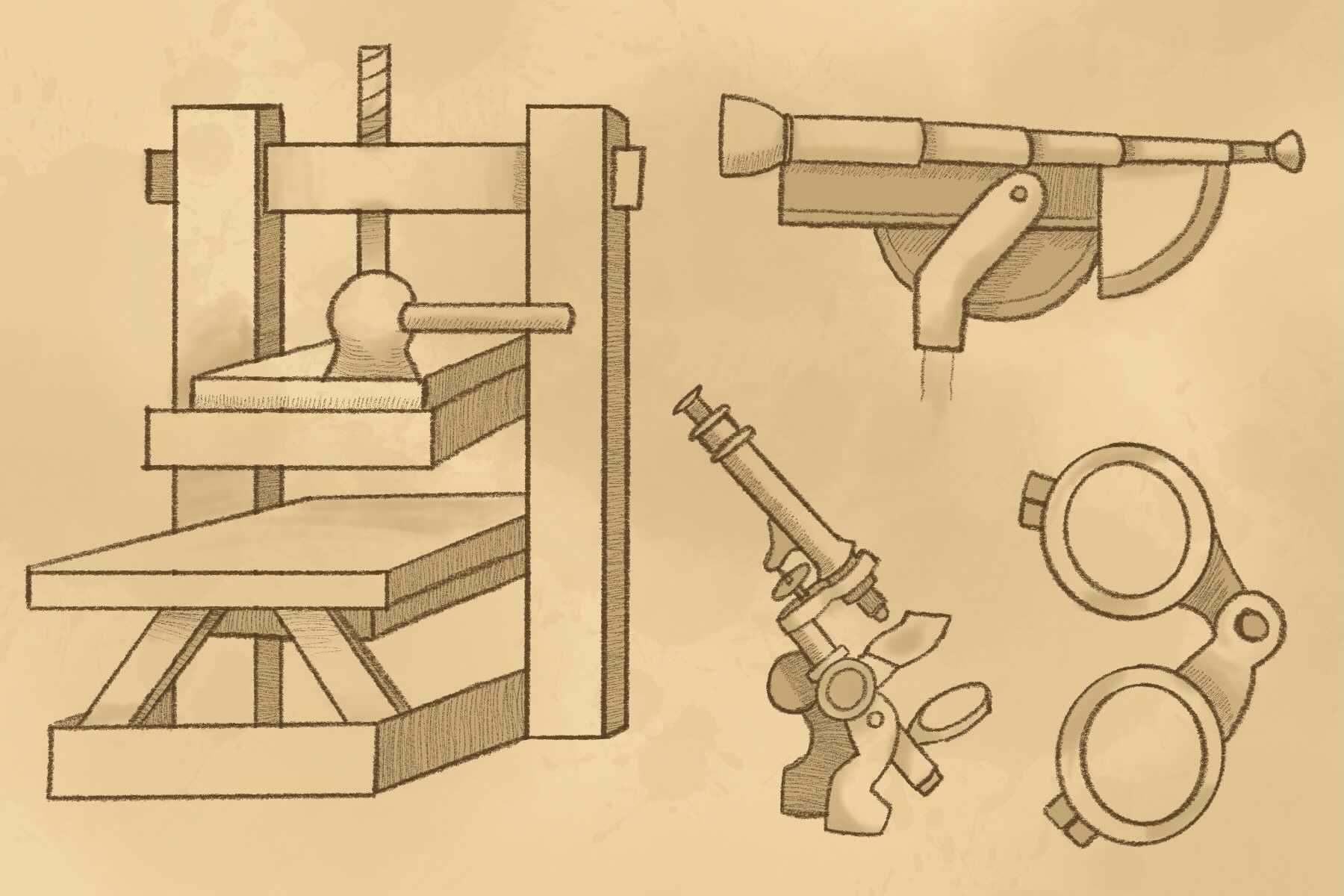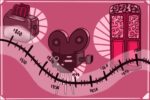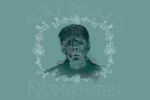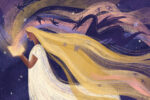Derived from the French word for “rebirth,” the Renaissance refers to the time period in European civilization when great developmental strides occurred. It was a time of massive revival for art, literature and learning after a long period of stagnation in the Middle Ages.
The Renaissance is generally accepted to have spanned between the 14th and 17th centuries. Many of the inventions that came from this era were not only useful for the people of that time, but they also laid the foundation for many tools still used today. Here’s a look at some of the creations that arose during the Renaissance.
Printing Press
The printing press was a very useful machine that was invented to automate printing with movable type. Created by German goldsmith Johann Gutenberg around 1436, the printing press used metal alloys and molds with an approach called letterpress printing. The Gutenberg Bible is considered to be one of the first books ever printed using this machine. Before this, printing required a woodblock system that wasn’t very scalable.
The ability to mass-produce books inexpensively increased the accessibility of information, which undoubtedly made civilization grow by leaps and bounds. Without the printing press, knowledge wouldn’t have spread as quickly, meaning that society wouldn’t have been primed to perfect the modern printing methods that help produce the paperback books, newspapers and textbooks we read today.
Eyeglasses and Microscopes
Although it is unclear who initially invented eyeglasses, and while Salvino D’Armato is credited with producing the first wearable glasses in 1284, it wasn’t until the 15th century that the first correctional lenses were created to assist with conditions such as hyperopia, nearsightedness and presbyopia. With the invention of the printing press, the demand for eyeglasses increased.
Renaissance eyeglasses led to an improvement in the variety and quality of eyewear options available today. However, eyeglasses were not the only invention in the Renaissance that utilized the capabilities of glass.
In 1590, Hans Lippershey and Hans Janssen were credited with inventing the first substance microscopic lens, allowing viewers to see objects at a magnification that was 20 to 30 times greater than through the naked eye. The foundational concept of placing one glass behind others to improve their magnification ability undeniably advanced substance microscopic lenses throughout history.
Matches
In 1680, Irish physicist Robert Boyle created the match. Before this, people started fires by rubbing sticks together or striking flint to steel, but this was both time-consuming and difficult. Boyle took note that compounds such as sulfur and phosphorous could create fire when rubbed together, and he used this concept to create an early form of the match.
However, these matches weren’t very functional; because they were flammable in nature, they were considered dangerous, sometimes even going up in flames in people’s pockets. But it paved the way for chemist John Walker, who created the first friction match in 1827. This match required very little rubbing and was less volatile.
Today it is taken for granted, but being able to easily create fire is a major catalyst for human expansion and immensely important for civilization: fire provides a source of light and heat, gives people the ability to change their environment and acts as a means to process food.
Mechanical Clocks
The ability to track time also often goes unappreciated. As early as the 14th century, mechanical clocks were developed using a “verge-and-foliot” system. These simple weight‐driven clocks that used verge-and-foliot escapements were accurate enough to track the hours, but not minutes or seconds. Still, even these early mechanical clocks were a huge achievement because they made computing daily time in 24 hours possible.
Before this, time was commonly told via sundial, which was dependent on the sun’s visibility and therefore impossible on overcast days. These early mechanical clocks were a breakthrough in technology and provided a foundation for the clocks and watches people use today.
Leonardo da Vinci’s Designs
Renaissance inventions cannot be discussed without mentioning Leonardo da Vinci’s work. Da Vinci was a painter, architect and inventor known for his work during this era. Some of his most popular designs include the paddle boat, the revolving bridge, the armored car, the viola organista, the self-propelled cart and the flying machine.
Da Vinci’s technical sketches and drawings were not necessarily converted into machines during the Renaissance, but they were detailed designs and put a lot of ideas on the table for inventors down the line. For example, da Vinci’s helical aerial screw design was used as the foundation for modern-day helicopter designs. He also provided a rudimentary design for the modern-day machine gun with his drawings of barreled cannons, or automatic weapons.
Submarines
Da Vinci had a great interest in and considered many designs for waterborne vehicles such as submarines, dredgers and diving suits. The basic concept of a submarine was modeled by da Vinci, and over 100 years later in 1624, the first submarine was invented by Dutch engineer and inventor Cornelius Drebbel. It was tested in the Thames River and was able to stay underwater for about three hours, though only at a depth of 15 feet.
Inventors only kept improving from there: In 1776, David Bushnell constructed the first submarine to be used for military services. Then, in the 1890s, the first “real” submarine was created by Simon and John Holland. Submarines are used today in many ways and have proven to be very beneficial.
The scientific and artistic developments that came out of the Renaissance played a significant role in the advancement of history. Before this, Europe had been living in what’s commonly called the Middle Ages but is sometimes referred to as the Dark Ages because of widespread intellectual stagnation. The Renaissance is defined by a great explosion of inventions that came in Europe’s revival; the impressive creations made during this time period influenced and expedited many inventions that prove to still be relevant and useful today. Who knows where society would be if it weren’t for the significant strides of the Renaissance?
















